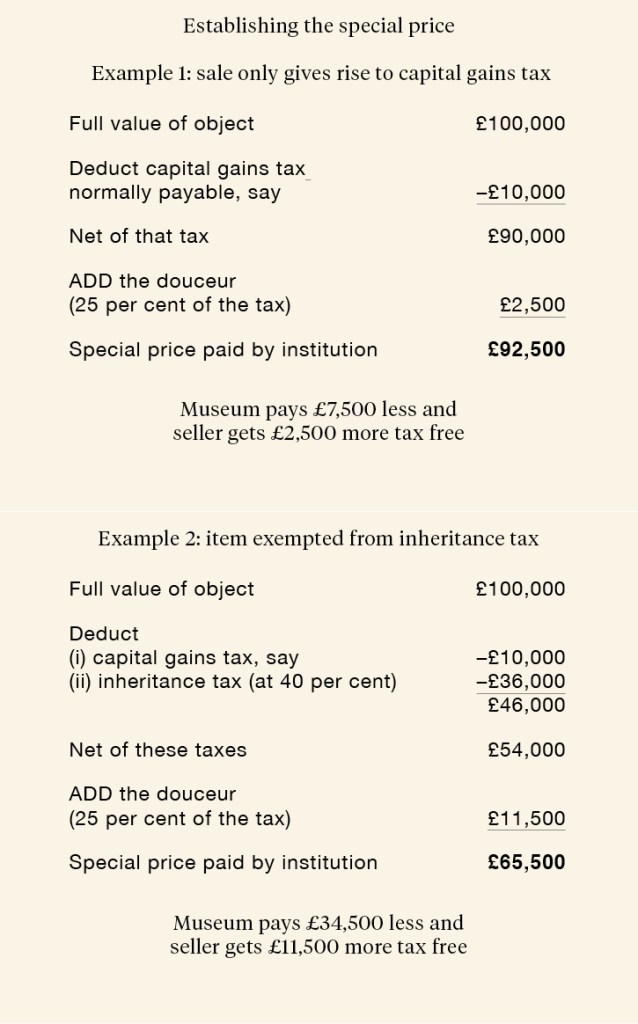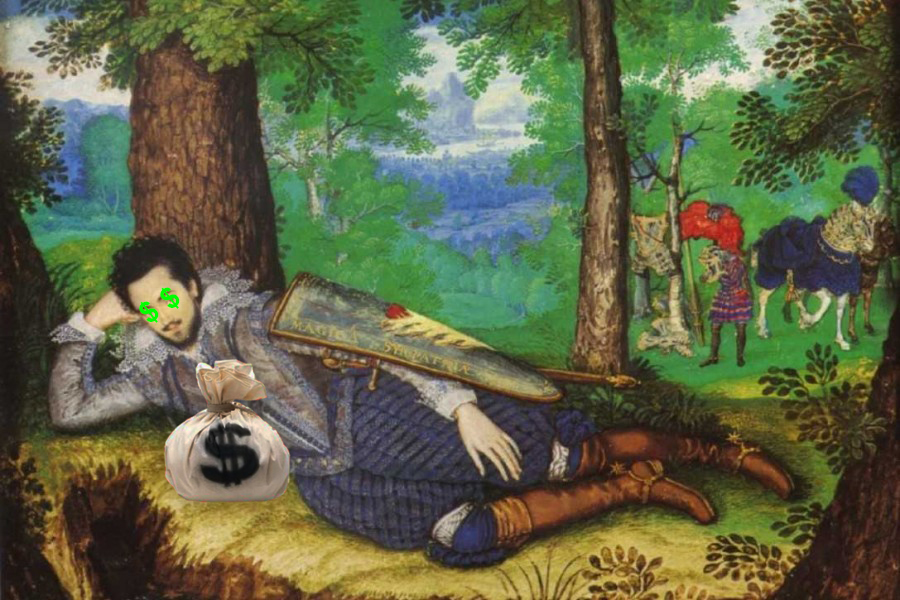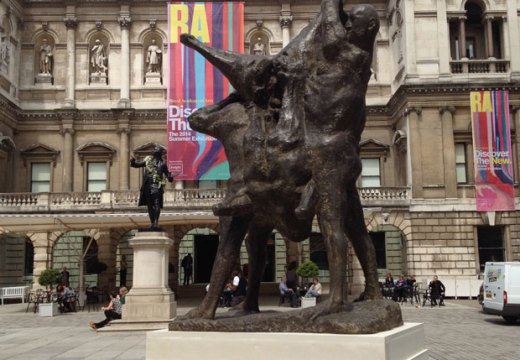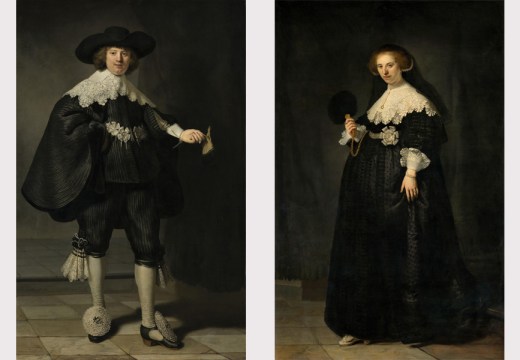A number of recent acquisitions by UK museums were made possible by a not very well-publicised dispensation provided by the government. This is the arrangement for private treaty sales, which encourages owners of important heritage objects to sell them to UK museums, ensuring that a part of our national heritage is retained in this country. Recent sales conducted in this manner include The Agate by Joseph Southall, described in these pages in January, which was purchased by the National Portrait Gallery for £383,284 after tax remission.
Privately negotiated sales to those bodies listed in Schedule 3 of the Inheritance Tax Act 1984 are exempt from capital taxation – inheritance tax, capital gains tax and, from April 2009, corporation tax on companies’ gains. Broadly, Schedule 3 includes all national museums, those under local authority or university control, the National Trusts, the Art Fund and, from September 2016, those museums and galleries that had been maintained by a local authority or university but are now independent charitable trusts (such as Pallant House).
Institutions that are not listed can still benefit from the tax concession if a Schedule 3 body can ‘front’ the acquisition for them, as Surrey County Council did recently for the acquisition of the Portrait of Violet Lindsay, later Marchioness of Granby and Duchess of Rutland by George Frederic Watts for the Watts Gallery, and as the Art Fund did in 2007 for the acquisition of Dumfries House and its contents for the Great Steward of Scotland’s Dumfries House Trust.
The benefit of the tax exemption is shared between the seller and the museum under an administrative arrangement known as the ‘douceur’. It is usually 25 per cent to the seller and 75 per cent to the museum for objects (10 per cent for land and buildings), but it is negotiable. A higher rate than 25 per cent might be appropriate to provide an adequate inducement for lower value items and a lower one for high-value items. Even with a lower douceur this could still be attractive to the seller and bring the item within the financial compass of a public purchaser.
All objects that are subject to a previous exemption from capital taxation (inheritance tax, estate duty, or capital gains tax) qualify automatically. Others also qualify provided they are pre-eminent – meaning they have an especially close association with our history and national life; are of especial artistic or art-historical interest; are of especial importance for the study of some particular form of art, learning or history; have an especially close association with a particular historic setting; or are historically associated with outstanding buildings.
The first question anyone contemplating a sale should ask is whether that sale will give rise to any capital tax consequences (inheritance, capital gains or corporation tax). If the answer is yes, then it is likely that a private treaty sale to a UK museum will be financially more advantageous to the seller. In practical terms, a private treaty sale will be a rarity where there are tax liabilities on a death or where there is an inheritance tax bill to be paid. In such cases an offer in lieu is preferable, as that does not involve the acquiring institution raising the purchase price and the end result to the offeror is virtually identical to that of a private treaty sale.
The mechanics of a private treaty sale are simple: the parties negotiate and agree current (and if necessary historic) values, a process in which the government does not intervene in any way. A calculation is produced, of what is called the special price payable by the museum (the price net of tax, plus the douceur), taking into account the seller’s tax rates. HMRC is asked to agree that calculation and confirm that a sale to the museum at that amount will be tax free.
 Notable recent acquisitions include the Wolsey Angels by the V&A, which paid £4,619,381 after the tax remission – the first private treaty sale by a company since the law changed in 2009; the Armada Portrait, bought by the Royal Museums Greenwich for £9,674,000 after tax remission; William Stott of Oldham’s Le Passeur (The Ferry), bought by Tate for £1,473,945 after tax remission; and the miniature portrait of Edward Herbert, 1st Baron Herbert of Cherbury by Isaac Oliver bought for £2.1m after tax remission by the National Trust for Powis Castle.
Notable recent acquisitions include the Wolsey Angels by the V&A, which paid £4,619,381 after the tax remission – the first private treaty sale by a company since the law changed in 2009; the Armada Portrait, bought by the Royal Museums Greenwich for £9,674,000 after tax remission; William Stott of Oldham’s Le Passeur (The Ferry), bought by Tate for £1,473,945 after tax remission; and the miniature portrait of Edward Herbert, 1st Baron Herbert of Cherbury by Isaac Oliver bought for £2.1m after tax remission by the National Trust for Powis Castle.
Owners might think that they will get the best return by an open market sale, which will give them the opportunity to test the market. But a private treaty sale to a qualifying public collection offers a more certain return: it will normally be of greater benefit to the owner than a sale that entails payment of capital taxes; it also enables the seller (with the help of the acquiring institution) to ensure that a part of our national heritage is retained in this country.
The fact companies can now also benefit is not widely known – this development is of particular interest to the National Trusts, English Heritage, and Historic Scotland when purchasing land, buildings and chattels from companies. It also offers an inducement to corporate owners of historic buildings, outstanding land, and pre-eminent or historically associated objects (such as companies with their own art collections and those owning heritage properties such as historic house hotels) to pursue the possibility of a private treaty sale.
Where, rarely, a seller’s tax affairs militate against a private treaty sale, there is another possible advantage from such a sale in that proceeds (all or part of them) from it can be passed on either outright or in trust to next generations. The donor does not need to survive such transfer by seven years, if an outright gift, nor does it affect their cumulative total if they pass some or all of the proceeds into a trust.
From the April issue of Apollo. Preview and subscribe here.
Unlimited access from just $16 every 3 months
Subscribe to get unlimited and exclusive access to the top art stories, interviews and exhibition reviews.














![Masterpiece [Re]discovery 2022. Photo: Ben Fisher Photography, courtesy of Masterpiece London](http://www.apollo-magazine.com/wp-content/uploads/2022/07/MPL2022_4263.jpg)
It’s time for the government of London to return to its rightful home